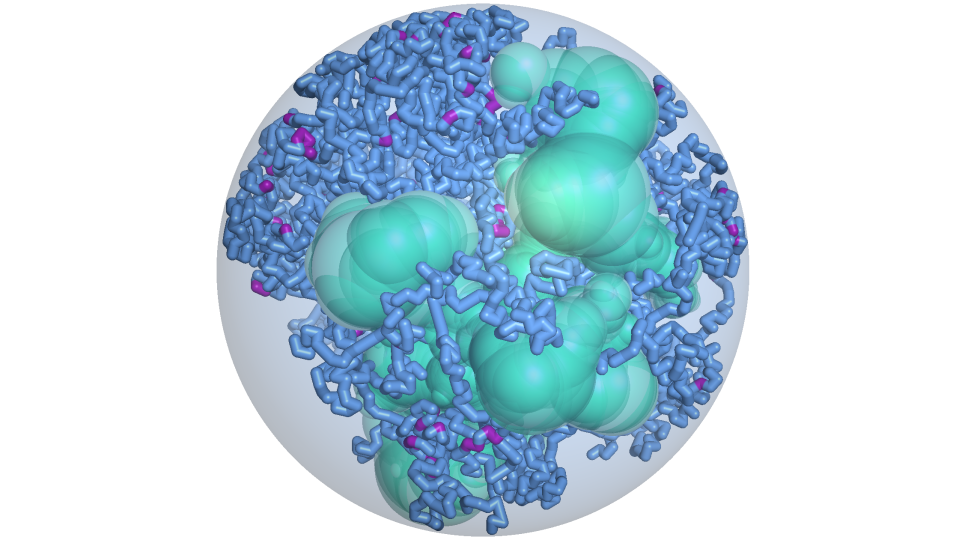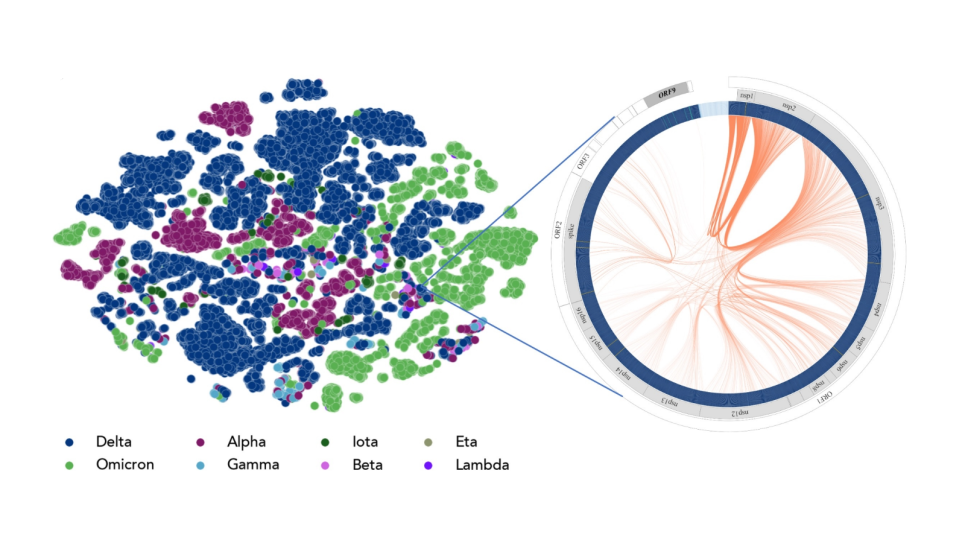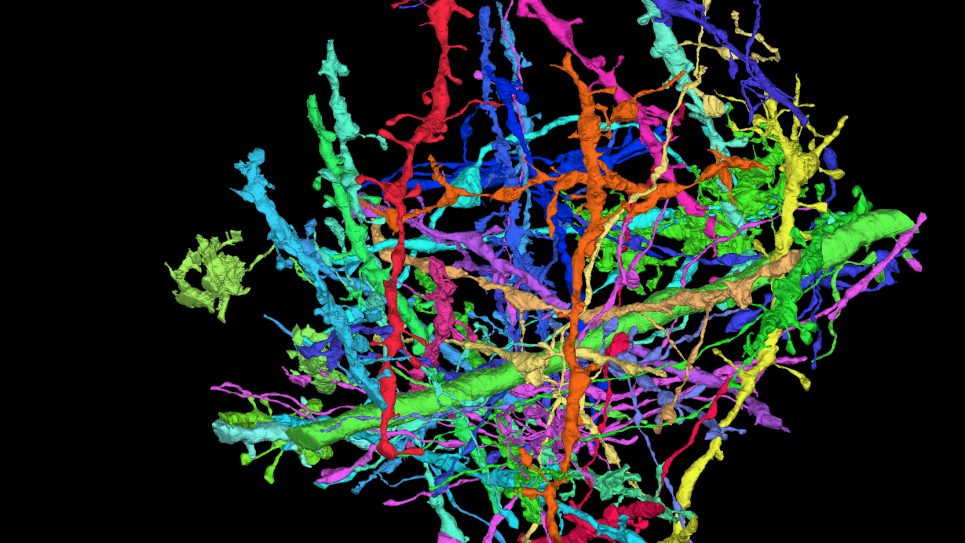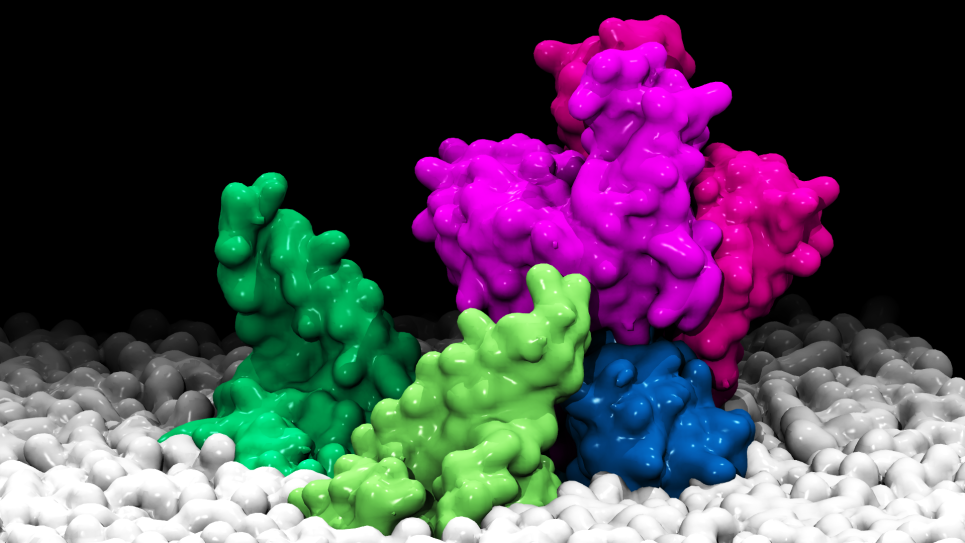
High-Resolution Ensemble 3D Structures of Genome across Tissues
The researchers from this INCITE project will extract structurally and functionally important relationships among genomic elements from experimental data based on physical principles of 3D chromatin folding, and will generate maps of driver interactomes of 3D chromatin folding for each locus along all chromosomes, providing a concise shortened list of putative causal interactions that can drive 3D chromatin folding.
Three-dimensional genome organization and modifications are the basis of cellular functions. Genomic DNAs that are approximately 2 meters in length in the form of chromosomes are packed into a cell nucleus 10-20 micrometers in diameter. They have to be properly folded such that the appropriate nuclear organization can be maintained and essential fundamental cellular processes such as regulation of gene expression and cellular specialization can proceed. 3D genome folding enables various genomic functions, allowing cells with identical genomic DNAs to differentiate into skin, bone, liver and other tissue types.
To understand the relationship between genome 3D structure and genome function, this project aims to carry out a large-scale computational campaign to construct detailed 3D genome-folding models. 3D models of different loci at unprecedented resolution and accuracy will enable examination of the structural basis of genome folding and genome functions, and will provide an atlas for discovering how genes at different loci form different spatial structures, how they define cellular states, and how they control gene expression. The researchers will extract structurally and functionally important relationships among genomic elements from experimental data based on physical principles of 3D chromatin folding, and will generate maps of driver interactomes of 3D chromatin folding for each locus along all chromosomes, providing a concise shortened list of putative causal interactions that can drive 3D chromatin folding. The work will also yield highly accurate and fine-resolution repertoire models of ensembles of single-cell 3D chromatin conformations for all genomic loci. Predicted 3D single-cell chromatin conformations will significantly extend coverage and resolution of what is accessible to single-cell experimental techniques, and the constructed ensemble of single-cell chromatin models will allow characterization of chromatin structural heterogeneity via identification of major structural clusters of chromatin conformations in subpopulations of cells.


